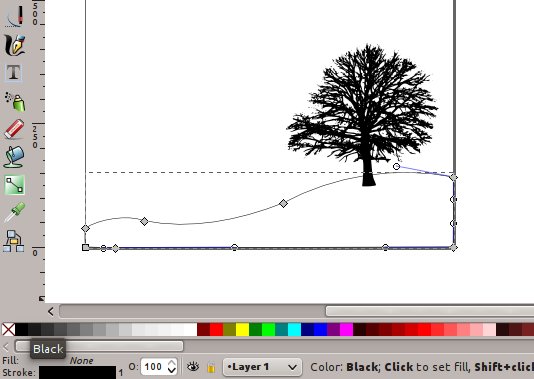
The curves can be modified quite flexibly by adjusting the ‘handles’ of the nearest points. Straight lines alone are a useful thing, but it’s not all. You can also use the button “Create Selection from Path” if you want to have a selection that you can fill or stroke. Of course you can have as many points as you need.įinally, click the “Stroke Path” button (in the Path Options dialog) or use the menu Edit->Stroke Path… to draw the new shape. So after creating the fourth point, press and hold the Ctrl key and click on the first point to close the path. This is not necessary anymore in 2.0 and later versions, but this is still useful to create closed shapes such as a box. In older GIMP versions (1.2.x), you had to close all paths by joining the last point of the path to the first one. The great thing is the corners don’t have to be 90 degrees. So to make a box you would specify four points, one for each corner of the box. The Path tool can make complex selections by specifying certain points that are connected together with a curve. Paths are also very useful when used with gradient fills, see Drawing Shapes with Bezier for more information on this great tool. The paths can solve the problem by using smooth mathematical curves instead your own shaky mouse trail. And since many of us GIMPers don’t have a graphics tablet, it’s not so easy to make the mouse pointer move the way you want. The rectangle- and ellipse-selections are not very flexible if you happen to need something more special.

The Path tool (previously known as Bezier Selection) is a powerful tool in GIMP. Text and images Copyright (C) 2002 Tuomas Kuosmanen and may not be used without permission of the author.


 0 kommentar(er)
0 kommentar(er)
